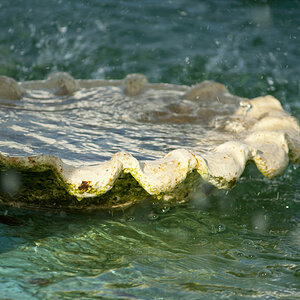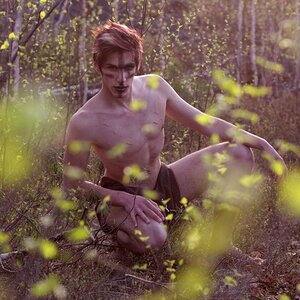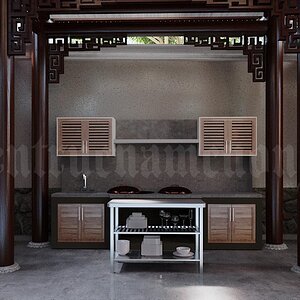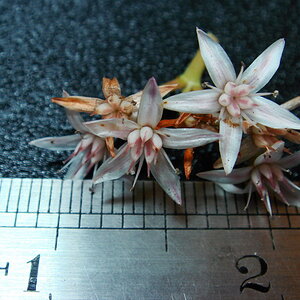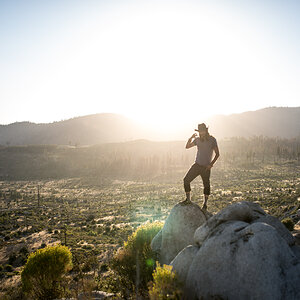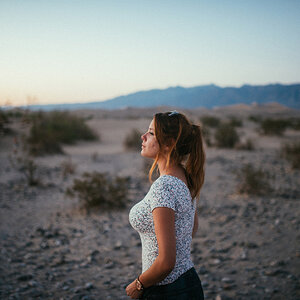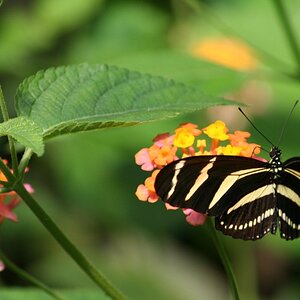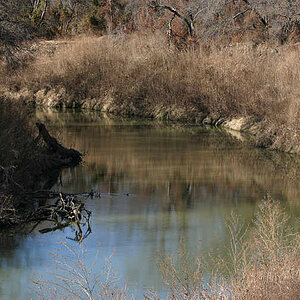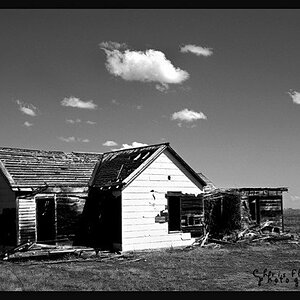USCRugbyNo1
TPF Noob!
- Joined
- Jan 27, 2012
- Messages
- 89
- Reaction score
- 0
I currently have a T3i and I just purchased a 10-22 mm wide angle. I am going to be using this lens to shoot inside of homes as I am a real estate agent. I don't have any external flash, but I do have a tripod. Someone also mentioned that I should shoot level as it's very important with this lens. I'm a noob so please be gentle! I welcome all comments and questions! 



